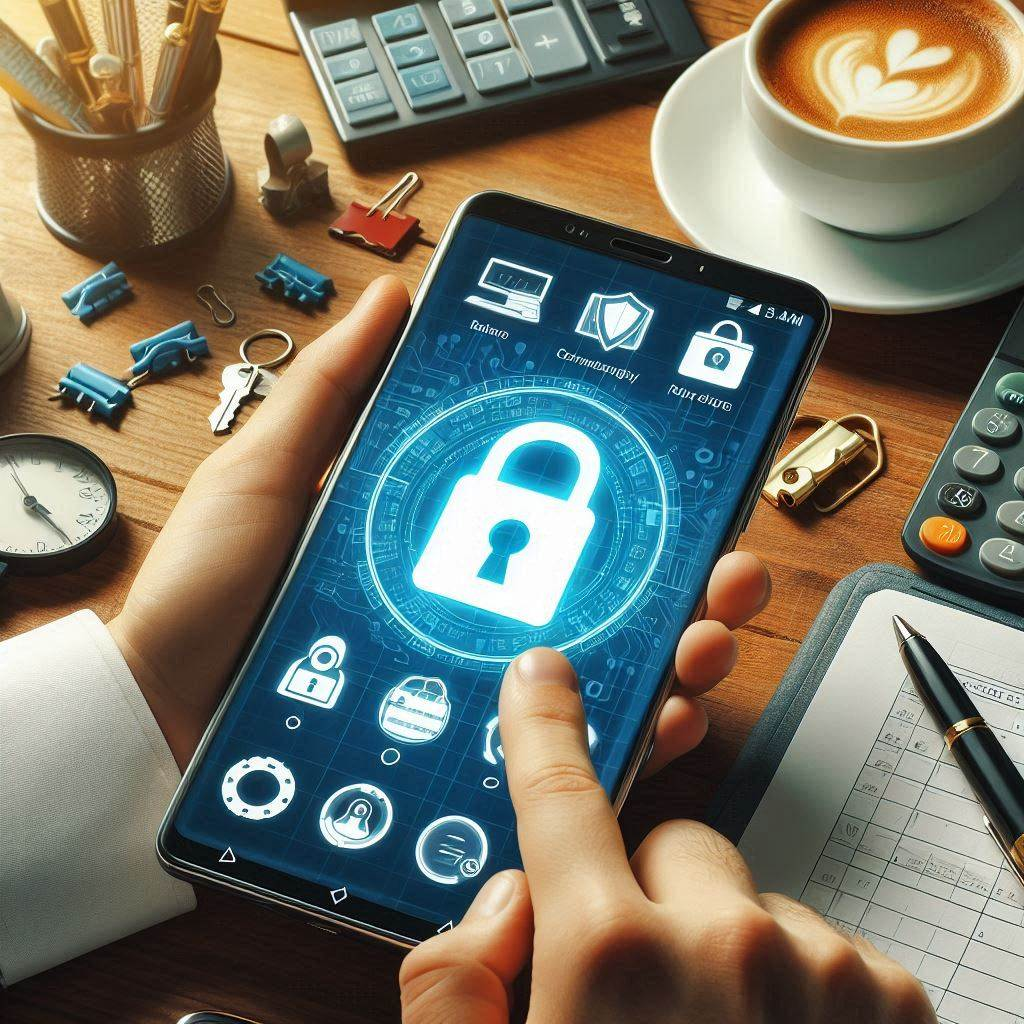How to Set Up a Virtual Private Network (VPN) on Your Android Device
Setting up a Virtual Private Network (VPN) on your Android device is an essential step for enhancing your online privacy and security. Whether you’re browsing on public Wi-Fi or want to access geo-restricted content, a VPN can help you keep your information safe. This guide will walk you through the process of setting up a VPN on your Android device quickly and easily.
Step 1: Choose a Reliable VPN Provider
Before you can set up a VPN, you need to select a reputable VPN service provider. Consider the following factors when choosing:
- Security Features: Look for strong encryption protocols and a no-logs policy.
- Speed: Ensure the provider offers fast and reliable connections.
- Server Locations: Check for a wide range of server locations for better access to content.
- Compatibility: Make sure the VPN is compatible with your Android version.
- User Reviews: Read reviews to gauge the reliability and performance of the VPN.
Popular VPN providers include:
- NordVPN
- ExpressVPN
- CyberGhost
- Surfshark
- Private Internet Access (PIA)
Step 2: Download and Install the VPN App
- Open the Google Play Store: On your Android device, find and tap the Google Play Store icon.
- Search for the VPN: Type the name of your chosen VPN provider in the search bar.
- Select the VPN App: Tap on the app from the search results.
- Install the App: Click on Install and wait for the app to download and install on your device.
- Open the VPN App: Once installed, tap Open to launch the app.
Step 3: Sign In or Create an Account
- Launch the VPN App: Open the installed VPN app on your Android device.
- Sign In: If you already have an account, enter your credentials to sign in. If not, select the option to create a new account.
- Select a Subscription Plan: If prompted, choose a subscription plan that suits your needs (many VPNs offer free trials).
Step 4: Configure VPN Settings
- Allow Permissions: The app may ask for certain permissions to function properly. Grant the necessary permissions.
- Choose VPN Protocols: In the settings menu, you can choose the VPN protocol. Most users will find that the default option (usually OpenVPN or IKEv2) works best.
- Select a Server Location: Choose a server location that meets your needs (for example, select a server in a specific country to access geo-restricted content).
- Customize Additional Settings: Depending on the VPN app, you may have options for features like a kill switch, split tunneling, and ad-blocking. Customize these settings as desired.
Step 5: Connect to the VPN
- Tap Connect: Once you have configured the settings, tap the Connect button in the app.
- Connection Established: The app will indicate when you are connected. You may see a VPN icon in your notification bar, confirming that your connection is secure.
Step 6: Test Your VPN Connection
- Visit a Website: Open your web browser and visit a website to confirm that the VPN is functioning.
- Check Your IP Address: Use an IP checker website (like whatismyip.com) to verify that your IP address has changed to the VPN server location.
Step 7: Disconnecting the VPN
- Open the VPN App: When you’re done browsing, return to your VPN app.
- Tap Disconnect: Simply tap the Disconnect button to terminate your VPN connection.
Troubleshooting Common Issues
- Connection Problems: If you experience connection issues, try switching to a different server location within the app.
- Slow Speeds: If the VPN slows down your internet speed, try connecting to a server closer to your physical location.
- Inability to Access Content: If you’re unable to access geo-restricted content, ensure you are connected to the correct server location.
FAQs on Setting Up a VPN on Android Devices
1. Is it safe to use a free VPN?
Free VPNs can pose security risks, such as data logging and inadequate encryption. It’s generally safer to use a reputable paid VPN service.
2. Will using a VPN slow down my internet speed?
Using a VPN may reduce your internet speed due to the encryption process. However, a high-quality VPN should minimize this impact.
3. Can I use a VPN on multiple devices?
Most VPN providers allow multiple simultaneous connections, so you can use the same account on your Android device, computer, and other devices.
Conclusion
Setting up a VPN on your Android device is a straightforward process that can significantly enhance your online privacy and security. By following the steps outlined in this guide, you can quickly protect your personal information, access geo-restricted content, and enjoy a safer browsing experience. Take control of your online presence today!







Be First to Comment